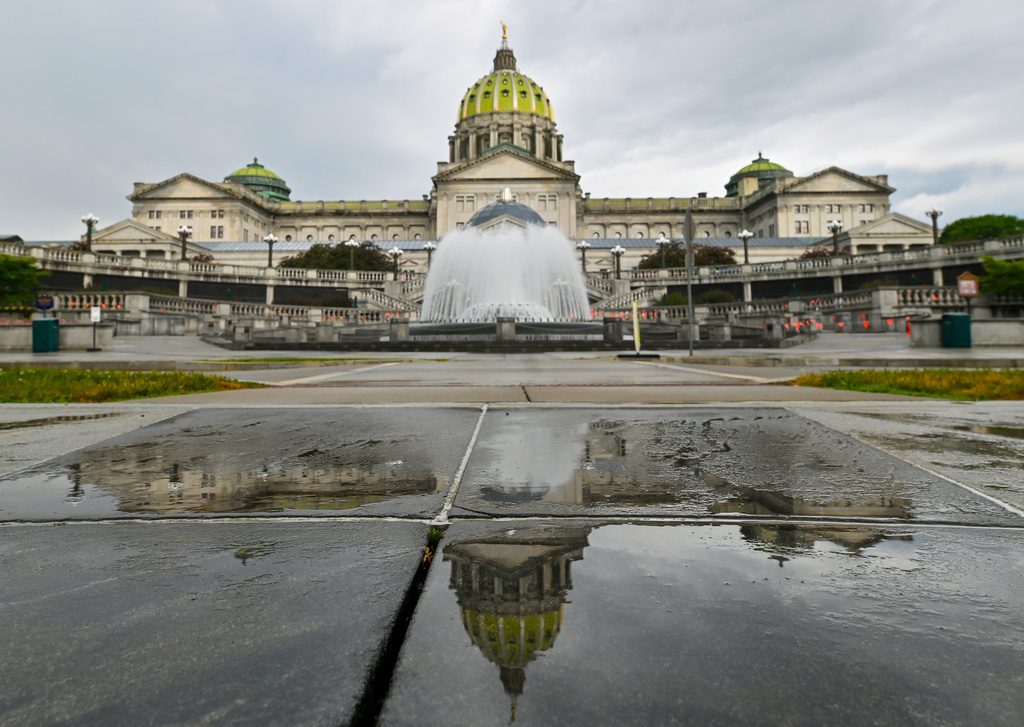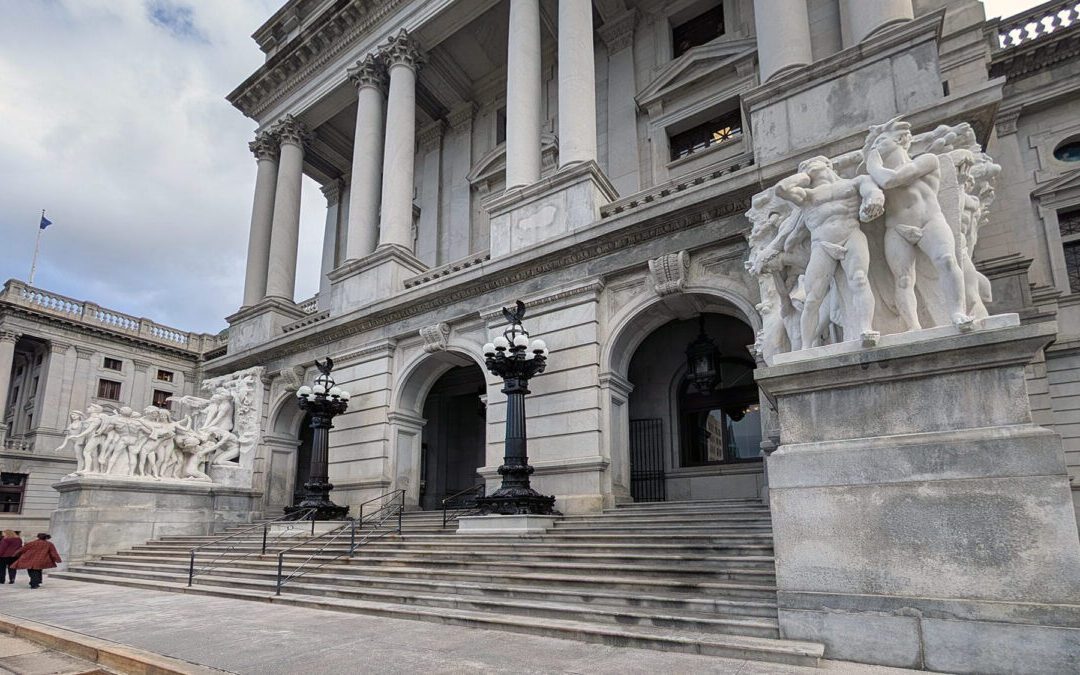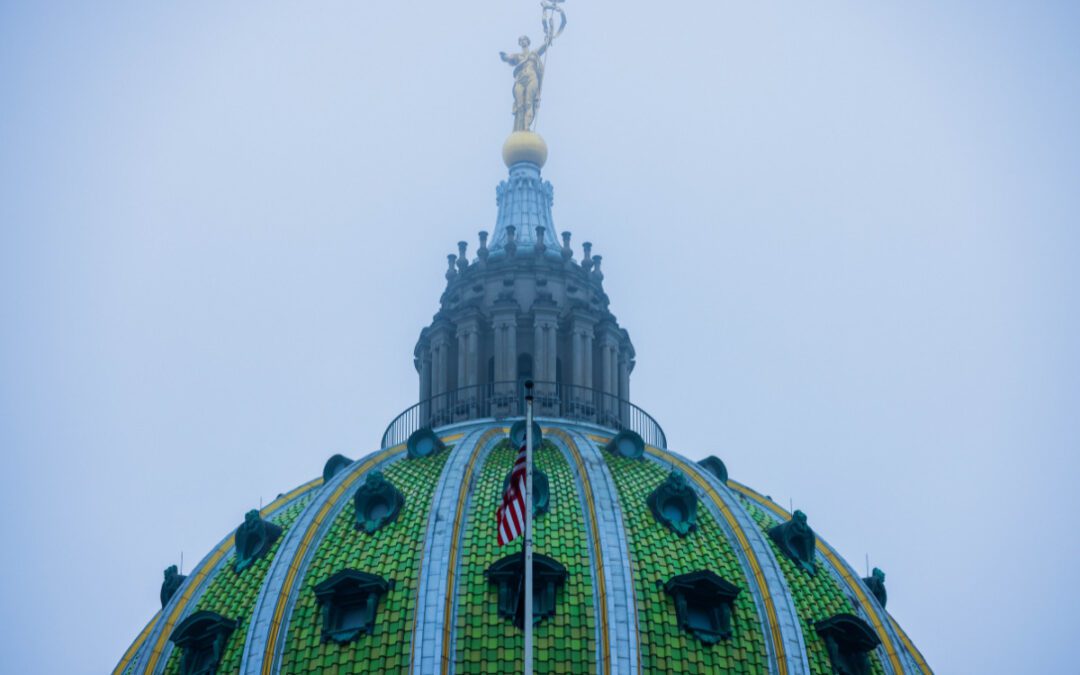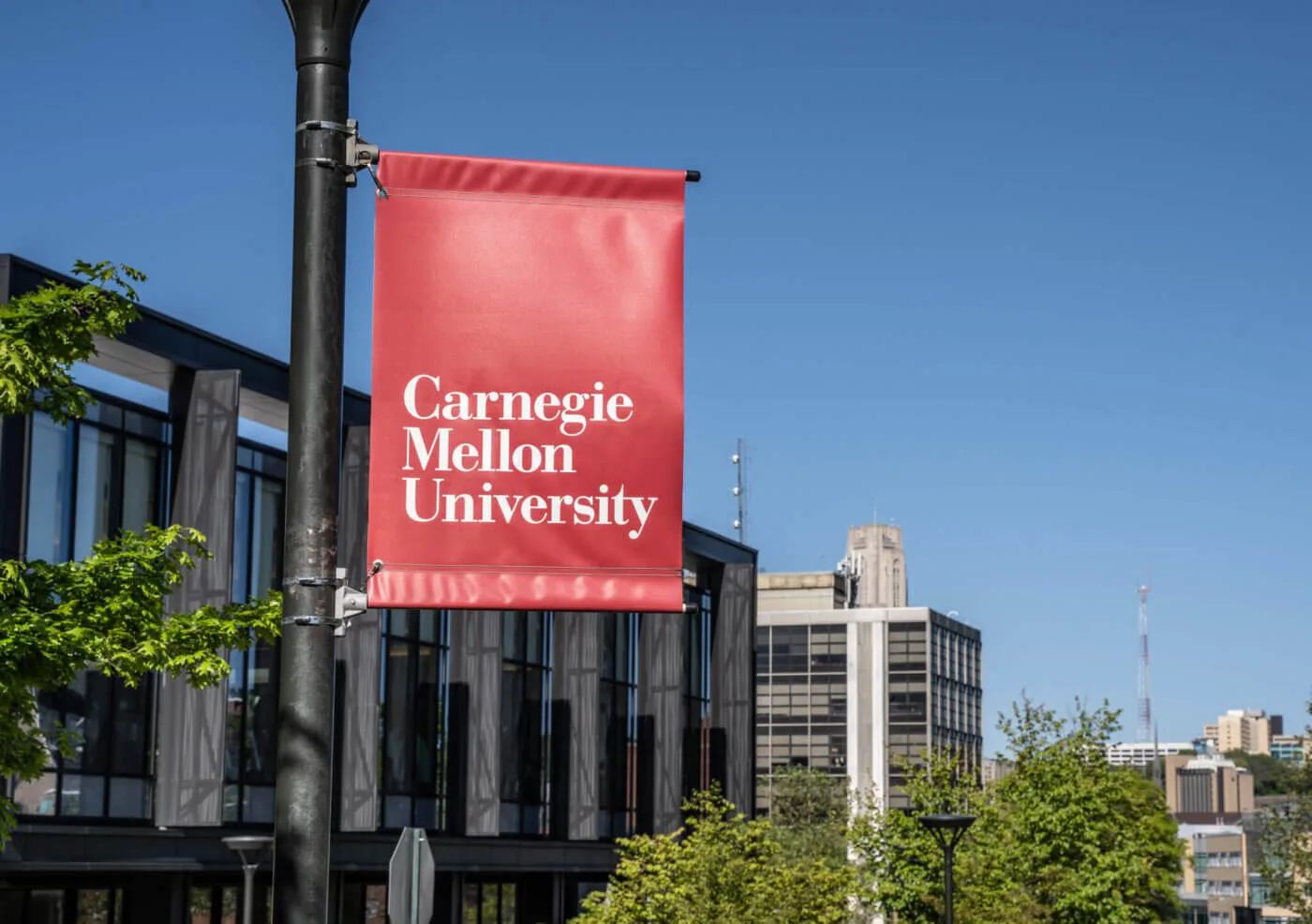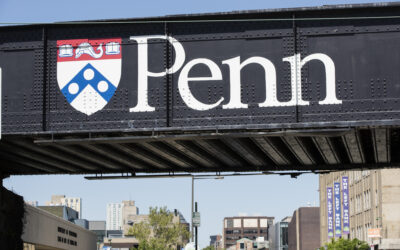A number of changes to K-12 school policy and funding are included in Pennsylvania’s 2025-2026 budget.
Primarily, they’re based around increasing oversight of cyber charter schools, increasing the amount of money doled out through the state’s adequacy formula and recruiting and retaining teachers as the commonwealth faces a shortage.
While most policy shifts are relatively small, public education advocates have called the budget a positive step in the right direction.
“While the delayed budget makes planning and operations difficult for public schools, this agreement demonstrates what’s possible when our leaders prioritize students and work together to meet Pennsylvania’s constitutional duty to provide a ‘thorough and efficient’ public education system,” said a statement from PA Schools Work, a coalition of organizations that have advocated for Pennsylvania public schools.
Cyber Charter funding and oversight
Some of the biggest education policy changes in the budget revolve around cyber charters, which are privately operated and paid for with tax dollars that students can attend remotely via webcam.
Cyber charters have come under intense scrutiny in Pennsylvania by officials from both parties. A February report by GOP state Auditor General Tim DeFoor looking at five cyber charters found they were raising large amounts of money and spending it in ways that didn’t seem tied to educational outcomes or opportunities.
Generally, tuition for cyber charter schools comes from the public school districts where the students resides. This remains the case, but public schools will now be able to deduct a greater amount from the total they would have had to pay per student.
The legislature estimates savings for public school districts will be around $178 million statewide.
The move was a compromise with mostly Democratic lawmakers and Gov. Josh Shapiro, who had called to cap cyber charter tuition at $8,000 per student.
”It’s a step in the right direction, and it is a very welcome step,” said Susan Spicka, the executive director of Education Voters PA, who has been a longtime advocate for cyber charter reform.
A number of policies will also be instituted with the intent of adding accountability for cyber charters.
One is an attempt to reign in truancy at the largely remote schools. A new policy will bar public school students with high truancy rates from transferring to cyber charters, unless a judge decides it’s in their best interest.
Students will also be required to be visible on webcam during synchronous instruction — real-time lessons — in order to be marked in attendance.
Cyber charters will also be required to conduct mandatory weekly wellness checks on students. Teachers will also be required to undergo training in recognizing signs of child abuse.
The moves follow the death of one cyber charter student following severe abuse at home, signs of which were not reported by teachers. That led the students’ family to file a wrongful death lawsuit against her school.
The budget also institutes a policy that’s intended to make it easier for public school districts to dispute paying cyber charter tuition for students who are no longer residents.
House Education Chair Peter Schweyer (D-Lehigh) says the move came in response to reports that public school districts faced an onerous process for disputing tuition payments for students that moved during the school year.
“The goal isn’t to beat up on the cyber schools,” Schweyer said of the reforms. “It’s to make sure the students are learning and the tax payers are getting what they’re paying for in all this.”
Tweaking the adequacy formula
Last year, lawmakers created a new adequacy formula for doling money to the state’s least funded school districts. That was in response to a Commonwealth Court ruling that found the state’s public school funding scheme had been unconstitutionally inequitable.
By and large, the adequacy formula, which takes into account factors like district poverty levels and the number of students learning English as a second language, remains the same this year. However, more than $500 million in additional dollars will be distributed through it.
Most of the funding was part of a planned step up from last year. When lawmakers created the formula, they had planned to increase spending through it annually until the total reaches around $4.5 billion after nine years.
Yet despite early pushback from some Republicans, who said they felt too much money was being distributed to a school system with dwindling enrollment numbers, the budget that passed will dole out even more money through the adequacy formula than what Gov. Josh Shapiro had asked for in his February budget address.
That’s because lawmakers instituted a $50,000 minimum distribution for all school districts, meaning even districts that would have otherwise received no money through the adequacy formula will now receive the $50,000 each.
More than 130 of the 500 public school districts will receive the minimum amount this year.
“We recognize that all school districts have some sort of additional needs, so we put a minimum funding balance of $50,000 for all school districts,” Schweyer said. “None of that hurts any school districts, in fact it makes sure that all school districts are in a good space.”
The move to increase funding through the adequacy formula, which faced an uncertain future during the months-long negotiation over the budget, was hailed by public school advocates.
“With this budget, lawmakers affirmed that the Commonwealth remains on the path toward a fully and fairly funded public education system,” read a joint statement from the Education Law Center and Public Interest Law Center, two nonprofits that were involved in the lawsuit that led to the creation of the adequacy formula. “This is another step forward – one that must be followed by continued commitment and sustained investment until every student, in every community, has the resources they need to learn and thrive.”
Teacher recruitment and retention
The budget also institutes policies aimed at helping Pennsylvania schools recruit and retain teachers.
Currently, the state faces a teacher shortage, with a high number leaving the industry and a dwindling number of people entering it.
Policies implemented by the new budget are intended to make it easier for new teachers to enter the profession, including those coming from nontraditional backgrounds.
One of those, long sought by the Pennsylvania State Education Association, increases funding for student teacher stipends, which allows the state to pay student teachers for the time they spend in classrooms working towards their certifications.
Another new policy allows districts to hire teachers with lapsed certifications while working with them to help them re-certify.
According to Schweyer, this policy is aimed at making it easier for former teachers who left the field to care for families or pursue other careers get back into the classroom.
The budget also creates what’s called an experience-based teaching certificate, which is intended to fast track the certification process for professionals who want to transition into teaching in fields related to their work.
For example, a school district could hire a professional chemist as a high school science teacher. They would then get an experience-based teaching certificate and have five years to complete their practicum while working as a teacher.
Other changes include a mandatory shift towards what’s called evidence-based literacy education for teachers working with young children on reading skills.
Students in kindergarten through third grade will also be screened for reading ability three times a year. If a student’s reading skills are found to be deficient, their parents will be notified. All schools will also be required to report to the Department of Education annually on their students’ progress.
The budget also includes a policy that expands the number of grades that a teacher can be certified to teach at any given time.
$125 million will also be set aside for school facility repairs, including at least $25 million for the Solar for Schools program, as well as $100 million for school safety and mental health grants.
It will also become a requirement for graduating students to enroll in FAFSA, which is intended to encourage more students to apply for colleges, unless they choose to opt out.
“Ultimately it’s a really good product,” Schweyer said. “There’s more to do, there always is, but overall we’re pleased with where we landed.”
